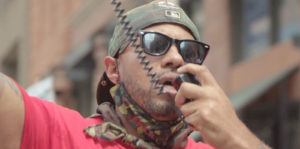
When Brooklyn-based journalist Julian Rubinstein returned to his hometown of Denver, Colorado, to decipher the story and existence of Terrance Roberts, he embarked on a seven-year experience that would uncover some of America’s most heinous injustices. Rubinstein’s documentary, The Holly, deconstructs a shooting during a peace rally in Denver’s Northeast Park Hill block led by Roberts, a former gang member. For many years, he was incarcerated for criminal behavior. However, upon his release, Roberts began to serve his community as an activist for social justice and peace.
The movie unfolds with an anxious pace and a consistent building of actions and circumstances. The filmmaker intercuts news clips, interviews, courtroom scenes, and archival footage to construct how and why Roberts had to use self-defense against a known gang member, Hasan Jones. Further complicating the situation is that Jones has a criminal record, which will seal his fate beyond the self-defense argument. Jones survived the shooting but was paralyzed from the waist down and will use a wheelchair for the rest of his life.
Growing up in an area so steeped in gang violence pushed most young men into the sordid grips of the notorious Park Hill Bloods versus Crips rivalry, which ends in an early death for most or long-term prison as it did for Roberts. The anger and futility that fueled this street war led to the area’s shopping center being burnt. Upon release from prison, where Roberts studied Martin Luther King and other civic black leaders and movements, he saw his purpose as a civil rights activist reentering the world with the Prodigal Son Initiative for his community. Supported by his father, Pastor George Roberts, he would change his view on social justice, violence, and how the police controlled his neighborhood. Pastor Roberts offers a great deal of love and practical teachings throughout The Holly, which provides an uplifting sense of truth and change.
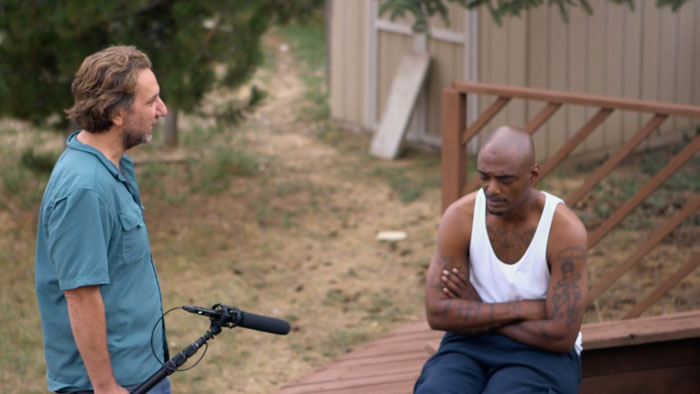
“…why did [Roberts] shoot Jones…”
Rubinstein peels back the layers that led to the fateful moment of Roberts shooting Jones, revealing a story much different than a typical gang shooting. To make it even more mysterious, it took place on the day of a peace march organized by Roberts at the outside youth center where the Holly Shopping Center once stood, a site he created. So why did he shoot Jones while advocating for an end to gang violence? This is where Rubenstein makes his mark. As an investigative journalist, he uncovers the voice of reason for those compelled to understand a broken system born out of the need for control and suppression.
Through interviews and unsolicited footage, the director creates a case for how law enforcement and community work in an unparallel existence. While faith leaders and community protectors work to teach non-violence, the law undermines this. It offers an opportunity for gangs to work out their rivalries on the streets, often leaving a stream of blood and a community divided.
While Terrance Roberts fights for his freedom in a widely speculated court case against the judicial system, Rubinstein solves a puzzle of how and why the police make arrests and use informants to try and foil the man’s case for him. However, the jury sees the facts and instances differently. And in the end, Roberts “has mounted a tiger he can never get off.” Rubinstein shows how Roberts continues his crusade against social injustice as The Holly closes. Even though his peace courts are removed for a new community project, it is a symbolic message for a new generation that has been given a fresh slate. Will it be death or rebirth? Only time will tell.
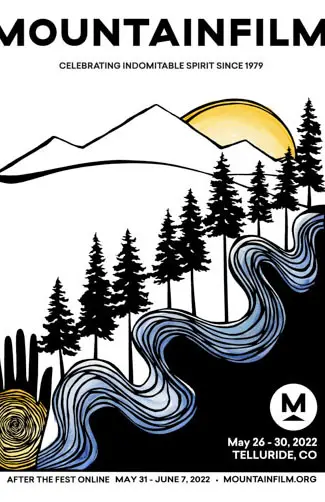
"…uncovers the voice of reason for those compelled to understand a broken system..."
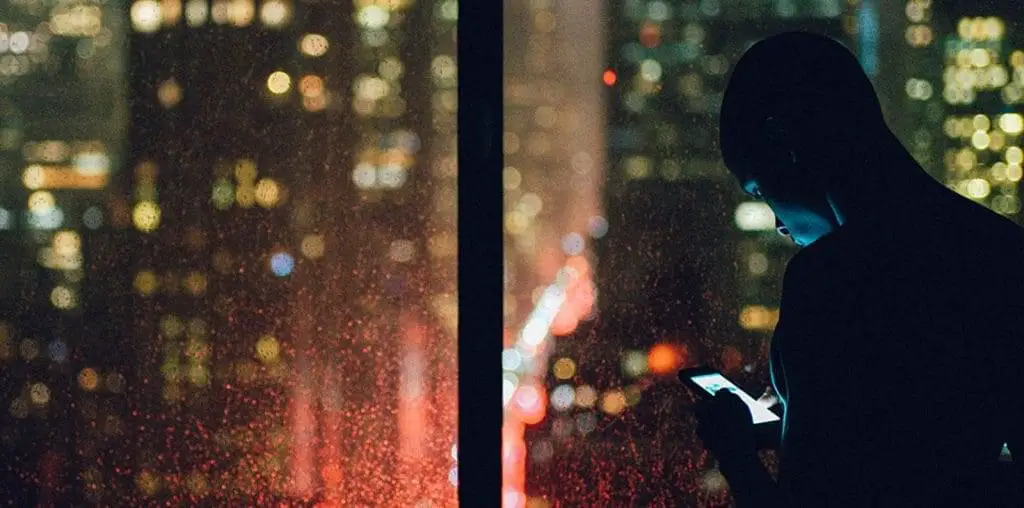
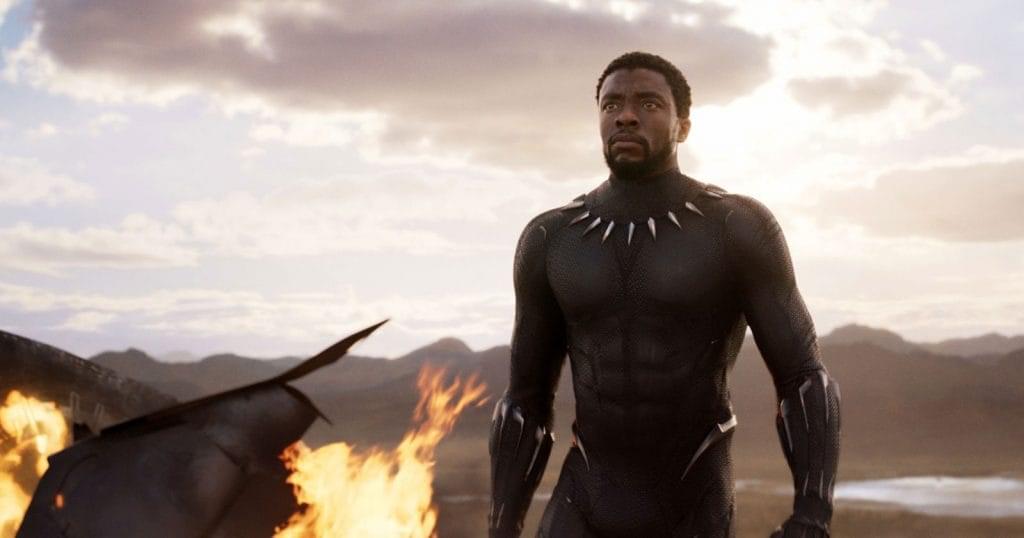
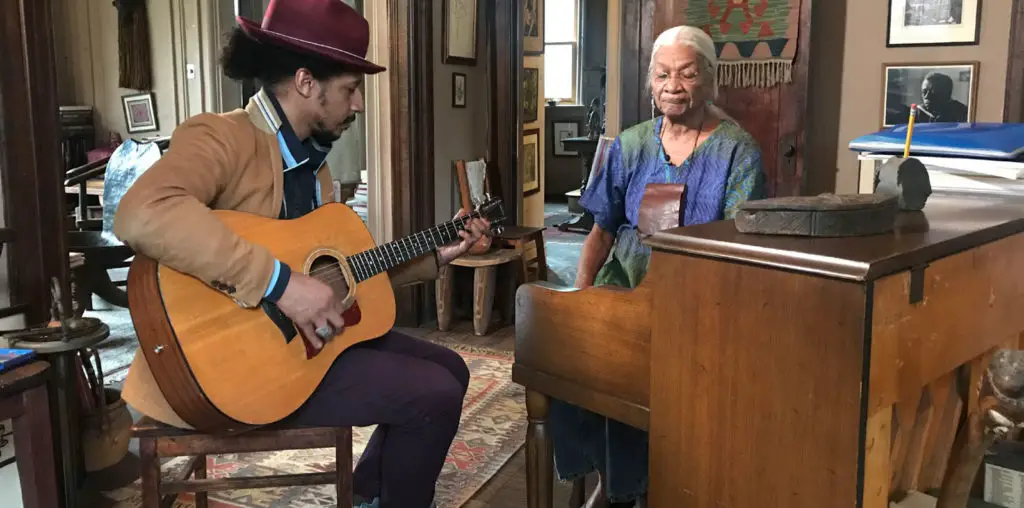
[…] Source link […]